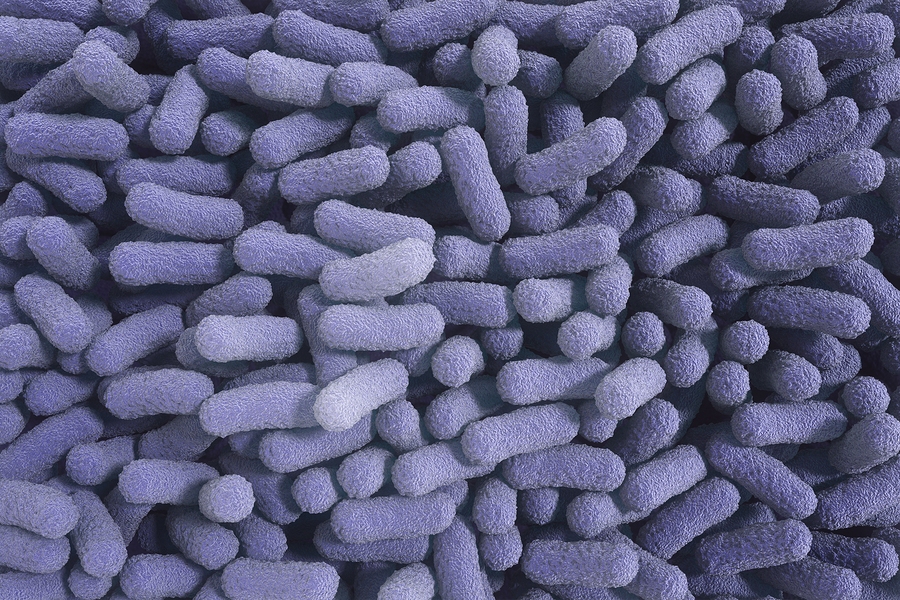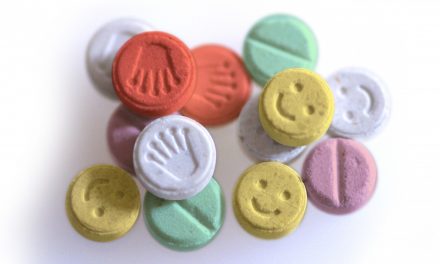According to the journal JPRAS Open, a Nebraska woman was infected with salmonella in her breast implant after coming down with traveler’s diarrhea during her vacation to Mexico.
“The 34-year-old patient, who was not named in the JPRAS Open case report, was otherwise healthy before vacationing in Cancun and is believed to be the first documented case of breast implant infection following a case of traveler’s diarrhea.
According to the report, she developed abdominal pain and diarrhea during her vacation, which later progressed to fever and chills that persisted upon her return to the U.S. Her symptoms resolved without treatment, but 14 days later she began experiencing pain in her right breast, which appeared swollen and tender.”1
An ultrasound revealed fluid around her implant that, after cultured, contained salmonella bacteria. In the report, the doctors argue that the gastrointestinal illness she experienced from eating in Mexico passed into her bloodstream, resulting in an infection in her implant. “Doctors prescribed her amoxicillin-clavulanate but three days later she returned with a large abscess in the lower part of her right breast and reddened skin. She was taken to an operating room where the abscess was incised and drained and the implant was removed”.2
RELATED STORY:
However, also included in the report, was the fact that the woman had visited the University of Nebraska Medical Center to undergo a breast augmentation and lift. A week after receiving silicone implants she went in “for a follow-up visit where physicians noted she was doing well aside from mild muscle spasms, which were treated with diazepam. Approximately five months later, she went on vacation to Cancun, Mexico.”3
RELATED STORY:
While the authors say past research shows that salmonella infections can occur outside the intestine, due to the ability of the bacteria to live within a type of cell that absorbs bacteria which then circulates in the bloodstream, 4 board-certified plastic surgeon, Dr. Linder, isn’t convinced:
“Anything is possible but, in my 21 years of this, I’ve never heard of a single case of a salmonella infection in an implant. I believe it was likely intraoperative. And I’m not saying it was necessarily the surgeon, it could have been the scrub tech or the assistant surgeon. It’s just highly unlikely that it crossed from the gastrointestinal tract into the bloodstream, passed through the tissues and through the capsule.”5
He believes instead that the woman was contaminated during surgery (from someone who didn’t wash their hands pre-op) and that the bacteria remained dormant in the pocket surgeons created for the implant. At that point, the bacteria might have “formed a biofilm, which is when microbial cells stick together and often to a surface”6 and as the patient became more active the biofilm could have opened up and spread.
RELATED STORY:
Linder explains that capsules of scar tissue form barriers around breast implants and he believes that after five months, the capsule would have been too well-formed to allow for the passage of bacteria. Also, only one to two percent of breast augmentations results in an infection, with most occurring 10 to 14 days after the procedure.












